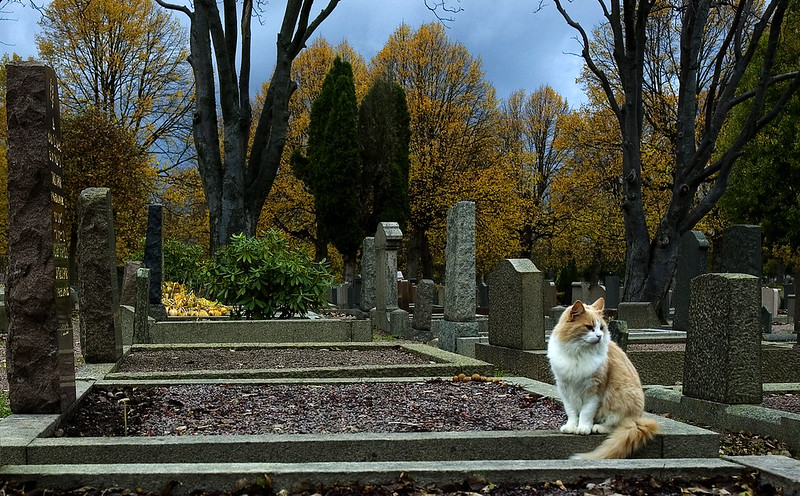John 20: 19-31
A small child was sitting in her mother’s lap. They were looking at a magazine together. When they came across an artist’s depiction of Jesus, her mother asked, “Do you know who that is?” “Yes,” the young child said matter-of-factly, “He goes to our church.” Wouldn’t you think the mother would be surprised to hear that? Jesus was seen among them at church?
The disciples locked the doors in fear of the militant religious types grabbing them to crucify or to stone after crucifying Jesus. But Jesus came and stood among them and declared peace over all of them. The resurrection stories of Jesus we share and read on and after Easter convey to readers and listeners alike that the one they saw crucified was the one who came among them. The one who died is the one resurrected. The one who died for our sin is the one who lives forever more. The ultimate penalty of death for sin did not justify the execution of Jesus. He was without sin, but he died as a labeled sinner and lawbreaker to pay the penalty for all sin for all time. Even that depth and weight of sin couldn’t keep Jesus of Nazareth in the tomb. He couldn’t remain dead. He was raised for our salvation and justification, “that believing you may have life in his name.”
John also wrote in the book of Revelation, chapter 1: “Grace and peace to you from him who is and who was and who is to come, and from the seven spirits who are before his throne, and from Jesus Christ, the faithful witness, the firstborn of the dead, and the ruler of the kings of the earth. To him who loves us and freed us from our sins by his blood, and made us to be a kingdom, priests serving his God and Father, to him be glory and dominion forever and ever. Amen. (1: 4b-6)” Our Lord Jesus Christ deserves the praise and glory of all forever and ever because death has not sealed him in the grave. His death was sufficient to free us from our sin, and his resurrection reveals to us afresh that we worship and rejoice over an eternal Lord and Savior. His victory was complete and absolute. Again, death could not keep him in the grave.
In the gospel lesson from John this morning there are two signs or forms of evidence that Jesus was raised from the dead. It was important for John to convey to the church and for the church to declare to the world that Jesus truly died a physical death and was truly raised from the dead. The first sign was the showing and requesting them to touch his hands and his side. The second was his breathing the Holy Spirit on them. There was death, and now there is life.

There is a novel by Muriel Spark entitled Memento Mori. It tells about a group of friends, all over sixty-five, who one by one receive anonymous phone calls telling them, “Remember, you must die!” The novel, partly serious, partly humorous, tells how different individuals come to terms with the telephone message. Though reactions very, a common reaction is fright. Still, the anonymous caller often causes characters to think back over their lives and assess how they have lived – about the good they’ve done as well as the not-so-good. In a way, the message they receive about death forces them to come to terms with the meaning of the life they have lived. Somehow death leads them back into life. The apostle John’s accounting of the actual death of Jesus, his resurrected appearance to Mary on Easter morning and his appearance in a locked room among his disciples, weave together death and life of our Lord. Death ends nothing. In fact, death leads them and us back into life.
The two signs of the crucified Jesus returning to his disciples convey to us death always leads to life. First of all, the wounds indicate there really was a death. The one standing before them was the crucified Jesus. He was nailed to a cross, and he was pierced in the side with a spear. These wounds could not be fabricated. He who walked through locked doors stood among them. This is the crucified Jesus, and Mary was right. He was raised from the grave. This is the resurrected Jesus.
Secondly, “he breathed on them and said to them, ‘Receive the Holy Spirit.'” The wounds prove there was a death. The breath of the Holy Spirit upon them empowered the disciples to convey the word and deed of the grace and mercy of God in Christ through his friends so that others might experience the forgiveness of sin by virtue of the resurrection of Jesus Christ. Death ends nothing. Death leads us all back into life. There was a death. There was a resurrection. Now there is new life in Jesus Christ. Again, death ends nothing.

Audrey Wetherell Johnson, the founder of the Bible Study Fellowship, wrote in her book, Created for Commitment, “Before the second world war, there was a grave in Germany sealed with a granite slab and bound with strong chains. On it an atheist had inscribed, ‘Not to be opened throughout eternity.’ Yet somehow a little acorn had fallen into some crack, and its outer shell ‘died.’ Years after, everyone saw a huge oak tree which had completely broken up the slab, still having the inscribed arrogant words. The new life of the acorn had openly displayed the power of life.”
We are witnesses of his death though we haven’t seen the wounds. We are witnesses of his resurrected life though we haven’t seen the resurrected Lord. Though we have not seen yet we believe. Believe what? We believe the Lord Jesus Christ was crucified and died and was raised from the dead, came among his friends and learners to show them his wounds and breathe on them the Holy Spirit in order to forgive and declare the good news of God’s grace made available to all. Yes, my friends, by virtue of our Lord’s resurrection death leads us back to life. Death ends nothing.
(Preached at Lincoln UMC in Lincoln, AL, April 24, 2022)